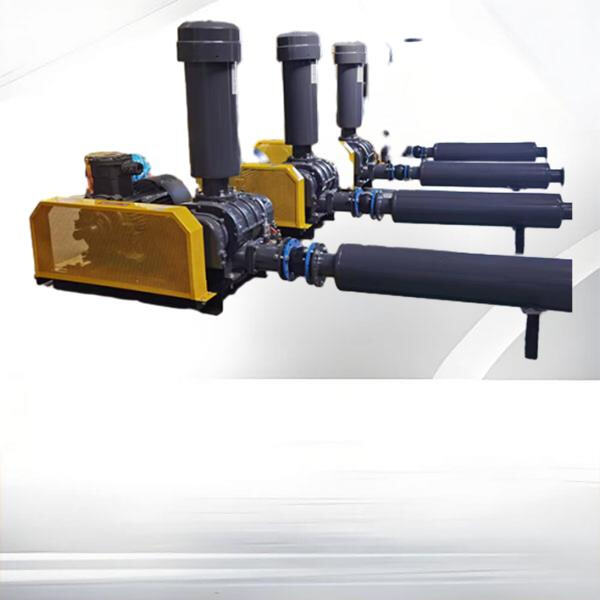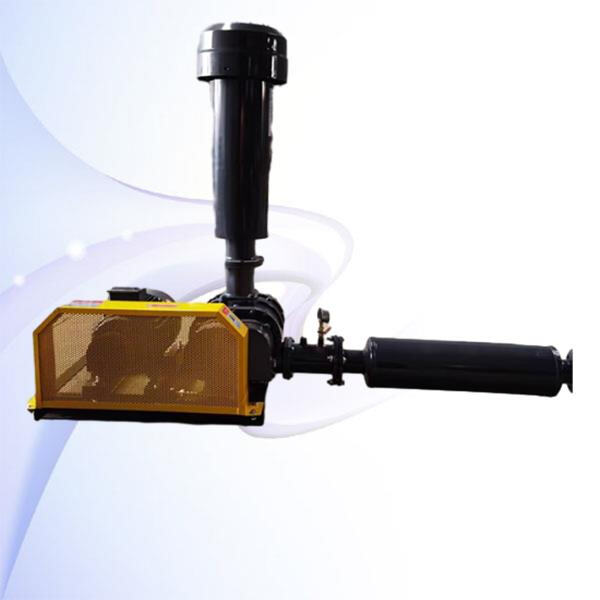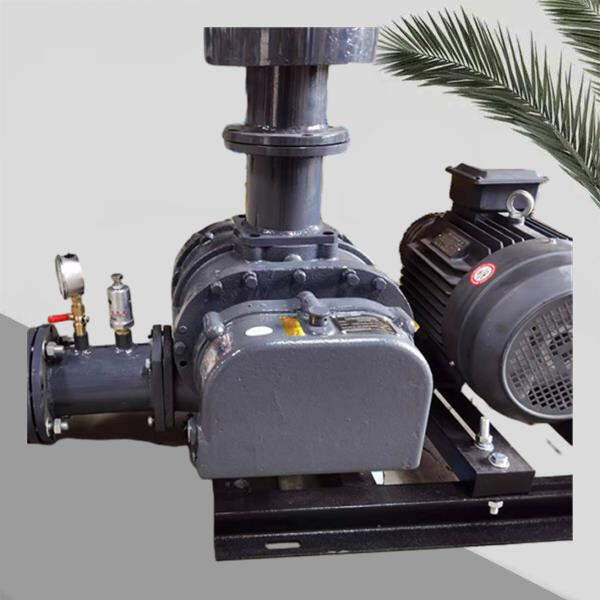Ka disa gjera të rëndësishme për t'i mbajtur në mend kur shkoni në gjetje e një sistemi pneumatik për transport, për të siguruar se funksionon si duhet. Parashumja, lloji i materialit që transportohet është i rëndësishëm. Gjëra si peshën e saj ose lehtimi i largimit ndryshojnë, sepse materialet e ndryshme reagin ndryshe. Kjo kushte ndikson në diametrin e kanalizave dhe specifikimin se sa presioni i ajër it do të jetojë lëvizjen e tyre.
Aty, do të duhet të mendoj për largjin dhe formën e sistemit pastaj. Nëse materiali duhet të lëviz shumë larg ose rreth koutave, dizajni duhet të përmbajë atë, për të shmangur bllokimin apo obstruksionin, dhe gjëra të tilla. Inxhinierët duhet gjithashtu të mendojnë se sa shpejt duhet të lëviz materiali dhe sa të madh vlera duhet të lëviz në një kohë.
Një dizajn i optimizuar i sistemit të transporthimit pneumatik përbëhet nga disa komponente që sigurojnë funksionimin efikas të tij. Pjesa e parë është zgjedhja e llojit të drejt të cilin do të përdoret për të ndërtuar presjonin e ajër të lëvizë materialin, ajo të jetë një fshyerje apo një kompresor. Drejtesitë të ajër të ndryshme mund të varien sipas shumë faktorsh, si për shembull forca motori që përcakton se sa larg arrin materiali dhe se sa shpejt do të arri në qëndrim.
Efikasiteti dhe efektiviteti në lidhje me ajër janë qëllimet kryesore të dizajnit kur vjen për transport pneumatik. Efikasiteti do të thotë përdorimin e më pak energjie dhe presionit të ajërimit për të lëvizur materialin, çka mbahet larg shkallave të larg dhe është më mirë për ambient. Efektiviteti ka të bëjë me sigurinë se materiali lëviz shpejt në vendin ku duhet të jetë dhe jo të ulet nëpër rrugën.

Rruga e rëndësishme e drejtpërdolcimit të saktë sistem transmetimi pneumatik dhe planifikimi s’mund të thelbesohet. Dizajnim i një sistemi dhe llogaritja e madhësës së tij të mjaftueshme është sfidë e rëndësishme në teknologji të thelluar, sepse inxhinierët duan të llogarisin ndryshoret kryesore që mund të ndikojnë në performancën e sistemit, përfshi llojin e materialeve, presionin e ajërimit të nevojshëm dhe distancën e lëvizjes së materialeve.

Gjithmonë ekzistojnë ide të reja dhe praktika më e mirë për dizajnin e transmetimit neumatik bazuar në kuptimin tonë se si më shumë të sigurim që sistemet funksionojnë efikas. Një koncept më i ri është përdorimi i programeve kompjuterike për të treguar si largohen materialat nëpër sistem para se ky të jete ndërtuar. Kjo bëhet një vlerë gjerëse që lejon inxhinierëve të provojnë ndryshore dizajne dhe të optimizojnë për performancë.

Praktika më e mirë shtesë janë inspeksionet dhe mbajtja e rregullt e sistemeve të transmetimit neumatik për të identifikuar dhe adresuar probleme potenciale në momentin më parë të mundshëm para se të bëhen probleme mëdha. Në inxhinieri, këtë e bëjmë duke u fokusuar në koncepte të reja, duke ndjekur praktikat më të mira dhe duke punuar për të përmirësuar vazhdimisht dizajnin e transmetimit neumatik për të shërbyer në një varg të ndryshëm industrie.

Të drejta të autorit © Shandong Jianyu Heavy Industry Co., Ltd. Të gjitha të drejtat e rezervuara | Blog|Politika e privatësisë